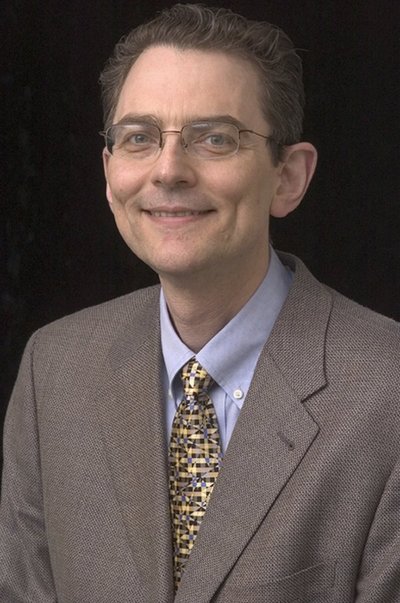May 18, 2006
Top Parkinson’s expert Dawson to speak on defective genes May 22
Dr. Ted M. Dawson, one of the top international leaders in research on Parkinson’s disease, will be at the UW next week.
His visit is sponsored by the Center for Neurogenetics and Neurotherapeutics, a multidisciplinary UW center focused on understanding and providing therapy for various neurodegenerative diseases.
Dawson will give a public lecture, open to everyone, at noon on Monday, May 22, in room T-747 of the Health Sciences Building. His topic is Defective Genes in Parkinson’s Disease.
Dawson, who earned both M.D. and Ph.D. degrees from the University of Utah School of Medicine, is both a clinical neurologist and a neuroscience researcher.
At Johns Hopkins School of Medicine in Baltimore, where he has worked since he was a postdoctoral fellow 15 years ago, he is now Abramson professor in neurodegenerative diseases, director of the Neuroregeneration and Repair Program in the Institute for Cell Engineering and director of the Parkinson’s Disease and Movement Disorder Center.
Dr. Albert La Spada, director of the UW Center for Neurogenetics and Neurotherapeutics, said that Parkinson’s disease is one of the age-related neurodegenerative conditions which is becoming more and more common as the population ages.
Among people age 60, he said, about one in 15 have Parkinson’s. Among people over 80, that rises to one in eight. While some drugs are available to treat the disease, especially in the early stages, it gets progressively worse, even with treatment.
“About a decade ago,” La Spada said, “most of the research focus was on environmental agents, such as pesticides. When researchers found a small number of families with a hereditary form of Parkinson’s, that changed.
“We now see a genetic element, and probably several genetic elements, in the development of Parkinson’s,” he noted. “The disease is also recognized as one of several neurodegenerative diseases in which misfolded proteins accumulate in or around neurons, slowly shutting down the function of the central nervous system,” La Spada added.



